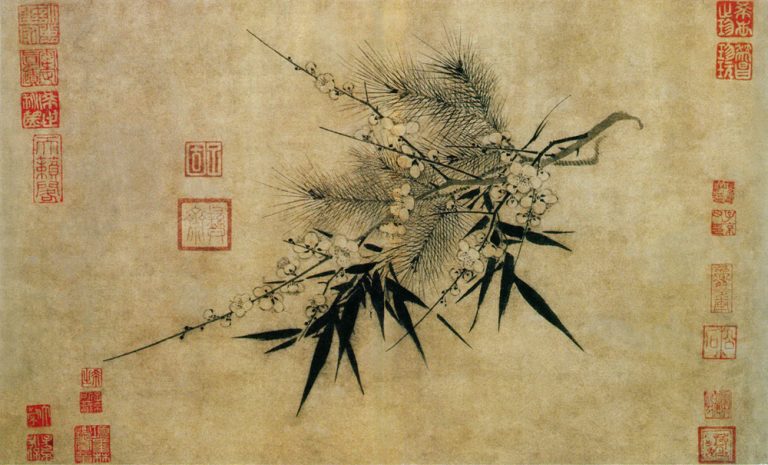At a seminar in Beijing, monks were told that religious classics should be interpreted according to “Sinicized” and socialist principles.
by Lopsang Gurung


How Tibetan Buddhist scriptures should be interpreted is a matter the CCP and the United Front believe they can decide in Beijing.
On November 9 and 10, under the aegis of the United Front, the China Tibetan Advanced Buddhist College and the China Tibetan Studies Research Center organized a “Tibetan Buddhist Scriptures Interpretation Seminar” in Beijing with the title “Answering the Propositions of the Times and Finding the Correct Role Positioning: Comprehensive and Strict Religious Governance and New Opportunities for Tibetan Buddhism in the New Era” (答好时代命题、找准角色定位——全面从严治教与藏传佛教新时代新机缘).
We understand the meaning of the convoluted title from the coverage of the event in the United Front Work Department’s own website. We learn there that the seminar had three aims. First, interpret the Tibetan Buddhist scriptures following the directives of the notorious false Panchen Lama, a puppet of the CCP. Second, make sure that scriptures should be interpreted so to “actively guide Tibetan Buddhism to adapt to the socialist society with Chinese characteristic.” Third, submit Tibetan Buddhist scriptures to “Chinese-style modernization.”
Beijing-controlled scholars told the audience that Tibetan Buddhism is in itself “a product of the Sinicization of Buddhism.” In fact, it is a form of Chinese Buddhism. This (false) historical premise has consequences. Drukhang Thubten Khedrup, a CCP-approved false “living Buddha,” the vice chairperson of the CPPCC of Tibet Autonomous Region and the president of the Tibetan Buddhist College, said that Tibetan Buddhism is a Chinese religion and “Chinese religions must adopt Chinese interpretations of doctrines and canons” rather than Tibetan.


But what is a “Chinese interpretation” of the Tibetan Buddhist classics? Drukhang Thubten Khedrup explained that it is a reading that “must use socialist core values to guide the interpretation of doctrines and canons.”
The pseudo-living Buddha of the Kumbum Monastery enthroned by the CCP (the real one lives in exile in the United States) added that “the key to this interpretation of the scriptures is to promote the adaptation of Tibetan Buddhism to the socialist society with Chinese characteristics. It is necessary to educate and guide monks to build a powerful sense of the Chinese nation’s community, establish a correct view of the country, the nation, history, culture, and religion, and adhere to the direction of Sinicization of Tibetan Buddhism.”
It was also proposed to transfer “the new doctrinal interpretation into comic strips, animations, etc., which will help promote the introduction of relevant results into temples and improve their popularity.”
Waiting for comics and cartoons promoting the interpretation of Tibetan Buddhist scriptures according to Marxism and Xi Jinping, for the CCP and the United Front—and their puppet monks and “living Buddhas”—politics, not scholarly learning, is the tool of choice to read the classics of Buddhism.









